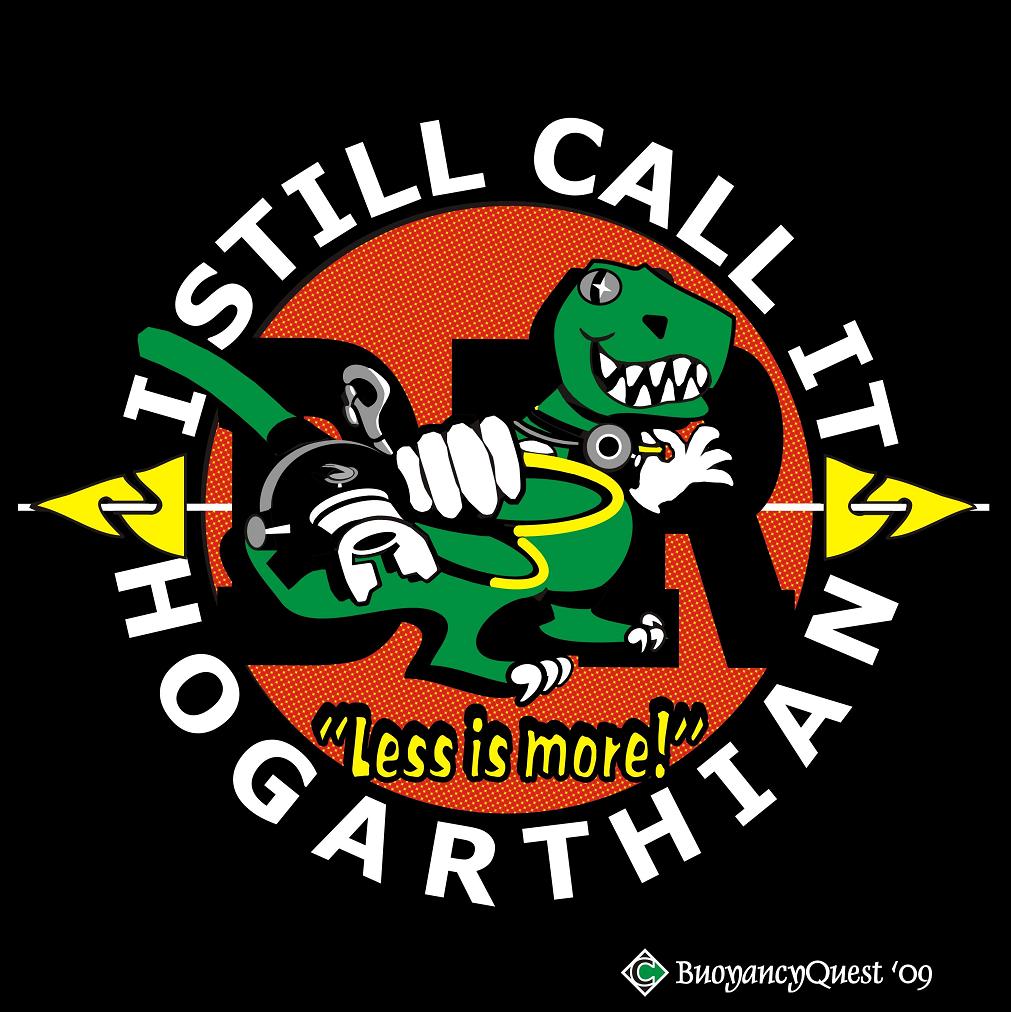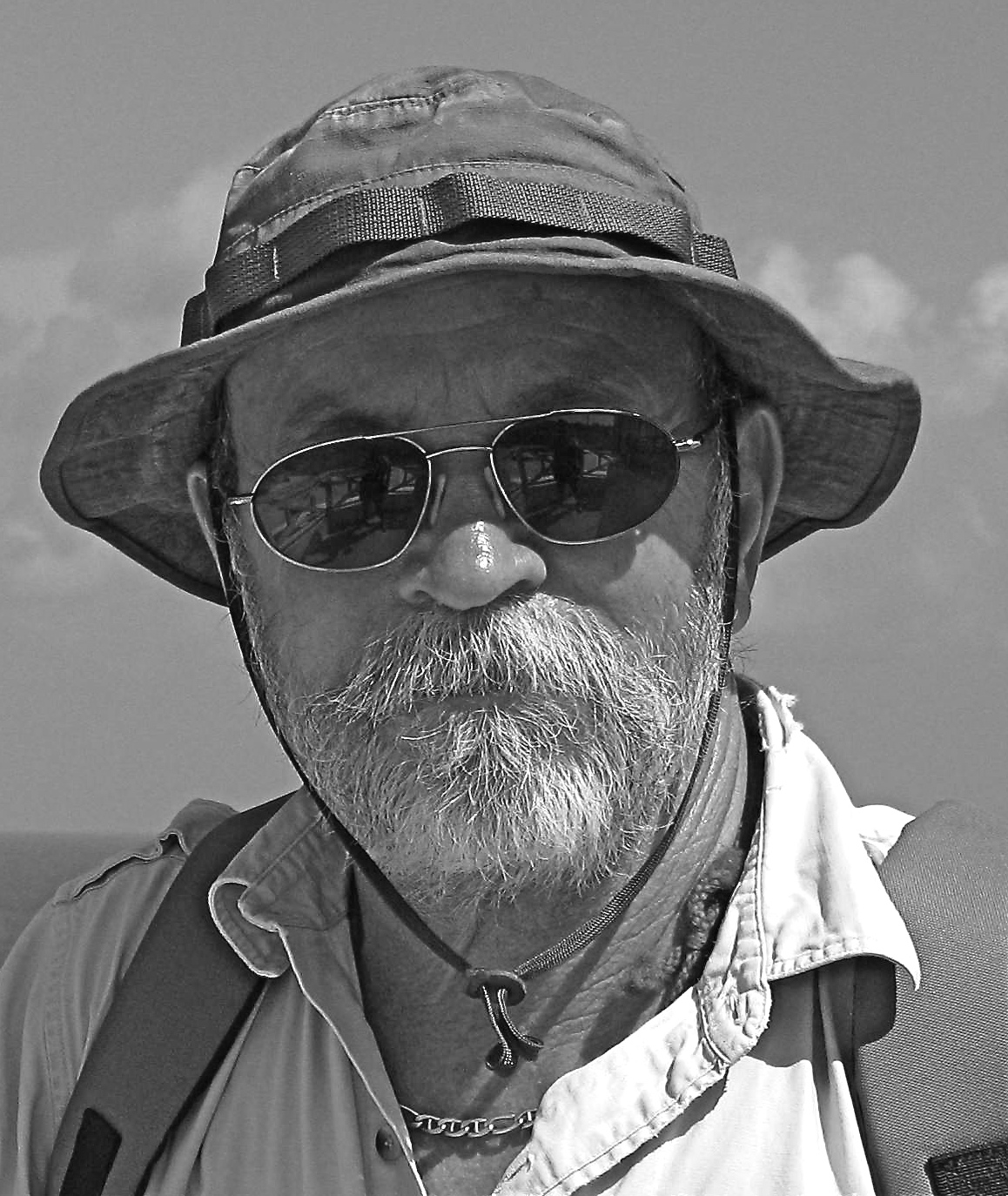 |
| "No performance requirement in SCUBA Diving is more poorly defined or less often achieved than__BuoyancyControl." |
| CENOTES |
| WE DON'T SELL
CAVERN TOURS! "WE SELL BUOYANCY SKILLS!" We arrange for our workshop participants to take an optional tour "after" a week of buoyancy practice. |
|
John
is a cave diver and he
contracts with local operators. Colleagues that we have
known, and worked with, for many years, who are vendors in the Riviera Maya
&
Cozumel* We don't run the
cavern tours ourselves.
IF you are thinking about doing a
cavern tour but are not diving with us:
HERE ARE A FEW HINTS TO HELP
SO THAT YOU CAN PLAN A SAFE EXPERIENCE....ON YOUR OWN. THE CENOTES are
BEAUTIFUL! The
same thing that is often said about the Grand Canyon can apply to
the cenotes; i.e. no photograph can
compare to actually being there. The sunlight penetrates the clear
water with visible rays and projects an abstract picture of the green
jungle on the surface of the pool. For most divers, this vision
alone,
answers their
question; " what am I doing here?" That view
is worth the price without ever being near the darkness of the
cave. YES cavern tours are worth the money and the effort, at
least once, but only when you know that you are ready.
Recreational divers shouldn't ever think that they need to go
"further" in order to get satisfaction or to get their
"value on the dollar". Know when enough is plenty!
THE CAVE is DARK! It is darker than anything most of us will ever experience. IF you can no longer see ambient light you are in the cave. According to most rules, if you are more than 200 feet from an entrance, you are in the cave. IF you are 200 feet from an entrance, it is the same as being at a depth of 200 feet . The decompression considerations may be absent but you are 200 feet away from the air. There are tours like Cenote Eden where you may traverse a huge underwater cavern to a small cenote. The one at Eden is called the corral. While the distance is greater than 200 feet, the divers are always in the light zone and are gaining proximity to the corral as they loose proximity to the main entrance. IF you do this dive and your guide decides to surface the group in this small cenote.... look for Motmots! Some schools of thought support never being more than 130 feet from an entrance including a combination of both horizontal and vertical distance. THE SILT: has collected on the floor of these caves and caverns for more than 20,000 years There are several types of silt, the worst of which is called clay. Clay, when agitated, may stay suspended in the water for 24 hours. Avoid disturbing the silt! THE GUIDELINE: on a cavern tour is likely to be of a greater diameter than the guidelines that are followed by cave divers. Your guide will follow the guideline. Don't just follow the guide. Pay attention to the guideline that he is following and stay "almost" within arms reach without risking entanglement. Never swim under a guideline! THE LIGHT: Cenote Tours are not the same as night dives. The darkness isn't even the same but every diver needs to have two lights (the one you hold and the one you should always be able to see i. e. an entrance/exit). The guide should have a big powerful canister light and two backup lights. DANGLIES: Don't go on a cenote tour looking like a photo from a dive magazine! All of the stuff that open water divers have hanging off themselves; consoles, octo 2nd stages, slates and fancy retractors are an invitation to entanglement in a guideline. Don't take your snorkel into the cavern either! RESTRICTIONS: if the passage is so narrow that two divers can not swim side by side....you are in the CAVE! WARNING SIGNS: If the drawing of "the grim reaper" or if the "stop sign symbol" or any of the writing, in English or Spanish, is on the side, of the sign, that you can't see....you're probably in the CAVE. THERMAL PROTECTION: is a plus in the cenotes where water temperature is around 75F. Cavern tours are not supposed to take place in a restriction but careless divers with less than ideal buoyancy skills will likely gain abrasion protection from wearing a full wetsuit. Remember a lot of heat is lost through your head, if your Mexico Dive Trip might include a cenote tour, consider bringing a hood or hooded vest. THE COST: of a cenote tour is likely to be , at least, double the cost of an open water dive so two cenote dives (two tanks) is likely to cost double , or more, what you spend on a two tank day on the ocean. Compare and shop prices among the reputable dive centers who offer this experience but understand that there are always cut rate opportunities and cavern diving may be one example of a place where it is unwise to take a chance on a bargain price. THE GUIDE: must be, at least, a certified divemaster. Must be a "full cave" certified diver. Must be in full cave equipment including double tanks. IF you are not familiar with full cave equipment, you should do some homework so that you are able to identify what is included. We are pretty sure that everyone including both foreigners and Mexicans must have credentials that identify the level of service that they are qualified to offer within the tourist business community. Asking to see any or all of these credentials might be prudent if you are dealing with other than a brick and mortar operation. The guide should be able to brief the dive prior to entering the water. Do not be reluctant to ask questions! The guide is allowed to lead "only four divers",** or less, within the cavern zone at any one time. |
|
In
1995 three people died in The Temple of Doom....aka Cenote Calavera or
Cenote Esqueleto.
This happened just before I did my "Full Cave Course" and when we
passed the
spot, in that cave, there was still evidence of the final moments
of this tragic
event. The guide, who was a local divemaster, was not cave certified.
He and the shop owner
who hired him survived. The shop owner's wife was among the dead.
In 2012 there was another triple fatality
in Choc Mool Cenote. Once
again the bodies of cavern tourists were recovered from the cave. This
time the guide died with his two clients. These were both cases where
untrained divers were taken into the cave. There are many more
fatalities
that have happened to untrained divers who elected to enter an
underwater cave on
their own.
My knowledge of this area spans more than 20 years. Instructors, businesses and guides come and go. Many of the pioneers that I knew are long gone. A few remain. ALSO....consider that rules and numbers can change so use the information above as a guide to more and better questions about what might be the current protocols. There is no reason why many open water
divers shouldn't have a quality
experience, on their guided cenote tour, if they do their homework and
keep their EGOs in check.
john
noftall
|
|
CERTIFIED
CAVE DIVERS: can benefit from employing a local
guide.
* At
the time of this writing, we know of no "suitable cavern zones"
on Cozumel. Operators there will plan trips for their clients to the
mainland. There are several, explored cave systems on the island.
BUT....there is "cave diving only".
** It is our understanding that (4) is also, still, the maximum number of cave divers that a "cave guide" may escort at one time. We understand this to mean, with the guide, as in; "within site of the guide" and not four divers teamed with the guide while others are off by themselves, as an independent team, following a dive plan that was briefed by the absent guide. CAVE DIVING....anyone
can die on every dive.
It's your life: learn the
rules....don't be afraid to ask tough questions!
john noftall
|
| HOME |
ABOUT |
WORKSHOPS |
GALLERIES |
PRICE$$$ |
CONTACT |
 hogarthian t-shirt graphic |
nohoch formation |
 john noftall |
cave diver profile in open water |
| copyright: BuoyancyQuest, LLC. 2014 all rights reserved |